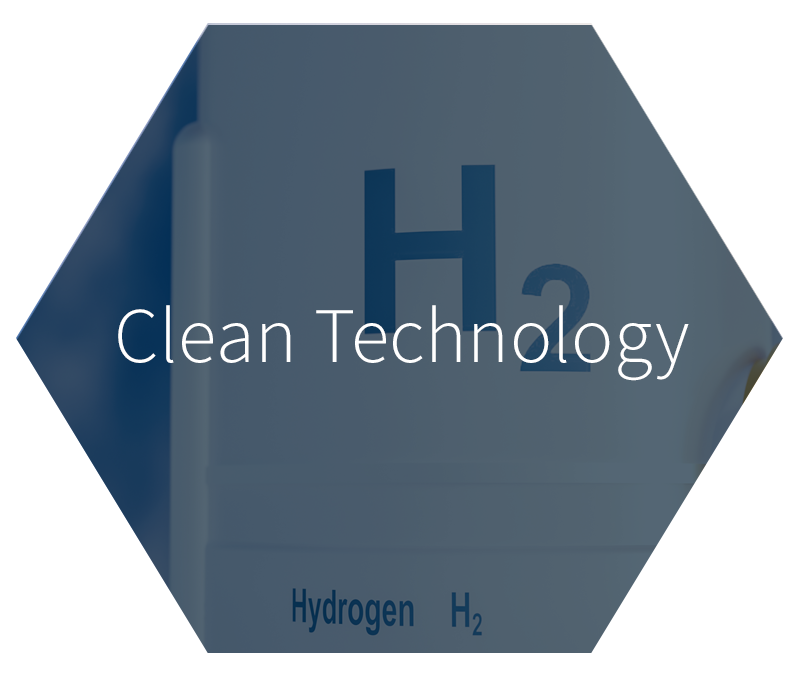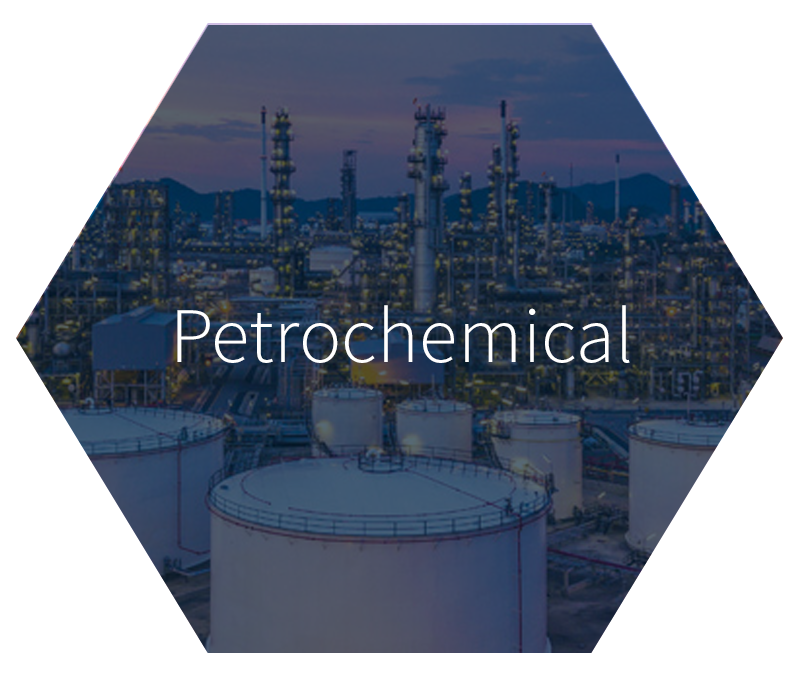Boronising, sometimes referred to as boriding, is a diffusion coating that has a low co-efficient of friction that is capable of retaining its high hardness at elevated temperatures.
It is a thermochemical surface hardening diffusion coating in which boron atoms are diffused into the parent metal, forming a hard interstitial boron compound at the surface. The resulting surface boride may be in the form of either a single phase or a double phase boride layer. Due to wear/performance benefits provided by the boronised layer, combined with the broad range of compatible substrates and the cost-effective nature of the process, boronising is commonly used for general wear resistance of carbon steel components and, due to its temperature and wear resistance, for certain tooling applications. Diffusion Alloys has extended its boronising qualifications in the demanding turbomachinery market into a diverse range of industrial applications including oil & gas, transportation and renewables.
Materials and Properties
Boronising can be carried out on most ferrous materials e.g. structural steels, case hardened, tempered, tool and stainless steels, cast steels, ductile and sintered steels and also air hardened steels. The exceptions to these are steels containing aluminium and silicon. Materials such as nickel-based alloys, cobalt-based alloys and molybdenum can also be boronised. Nickel alloy can be boronised without sacrificing corrosion resistance, as well as producing extreme hard surface wear resistance.
Boride Coating - Properties:
- High coating layer hardness
- - 1600-2400 HV
(Rockwell C Scale >70 HRC) on steel alloys - - 900-1600 HV
(Rockwell C Scale >70 HRC) on Ni-based alloys
- - 1600-2400 HV
- High resistance to:
- - abrasive wear
(typical thickness of ~ 25 to ~ 125 μm) - - adhesive wear
(typical thickness of < ~ 25 μm) - - erosive wear
- - abrasive wear
- High resistance to molten materials (Aluminium, Zinc, Glass) and acids (HCI, H₂SO₄, H₃PO₄)
- Good thermal resistance
- Excellent self-lubricating properties
- High hot hardness
- Superior bonding strength (adhesion) compared to conventional hard material coatings due to the diffusion structure
Typical parts for boronising include:
- Tools and dies for metal forming
- Moulds for glass bottle production
- Pump and valve components
- Oil & gas field tubing (OCTG)
- Plungers and rollers
- Gears and shafts
- Burner nozzles
- Steam turbine blades, tri-pin blades and nozzle rings
- Sliders
Diffusion Alloys' Boronising Facilities and Processes
For the application of our boride diffusion coatings, we have a range of furnaces sizes operating under protective atmospheres. We can boronise larger components, in particular, tubes, up to 18m (59 ft) in length. DAL carries out both pack and slurry boronising, providing boride diffusion coatings for:
- Ferrous materials
- Nickel alloys
- Sintered tungsten carbides
By varying coating temperature (850°C-950°C), process duration and pack/slurry composition; we are able to tailor the thickness of our boride coatings to meet individual customer requirements and apply the coating only where required.
Pack Cementation
Pack cementation is our most widely used diffusion coating process. For boronising, it is performed in a reducing/inert gas atmosphere retort.
Components to be diffusion coated are embedded in a powder mixture, referred to as the pack or compound. This powder mixture consists of a boron source, an activator and a filler. On heating to the coating temperature the activator reacts with the source element which is transferred to the component substrate surface by gradient of activity (i.e. partial pressure).
The gas decomposes at the substrate surface depositing the coating element and releasing the halogen activator. The activator returns to the pack and reacts with the source element again.
This transfer process continues until the required temperature : time diffusion coating profile is completed. Several methods are employed to mask areas on components which must not be diffusion coated during pack cementation.
Slurry Process
Diffusion Alloys' boride diffusion coating slurries consist of a reactive pack powder mixture to which water is added until the desired viscosity is achieved. Dependent upon the latter, the slurries can be applied to components either by painting or by pasting.
The slurry process is utilised both for carrying out local diffusion coating repair and for diffusion coating specific areas of components. After application, slurries are dried overnight. Masking of areas not to be diffusion coated is a simple case of ensuring that no slurry is applied to these areas. This is readily achieved using inexpensive tape which is removed prior to the slurry diffusion coating thermal cycle.
Boronising can also be referred to as Boronizing, Boriding and EndurAlloyTM.






